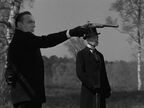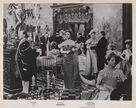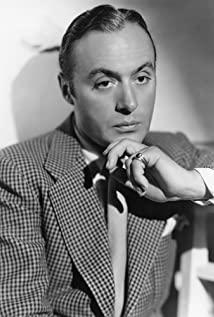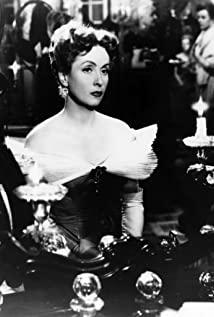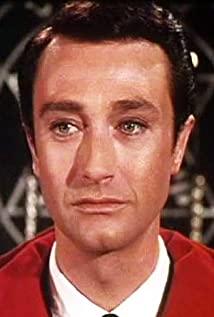The actor James Mason once wrote a poem about the German director Max Opheles: "A shot that does not require a track/It upsets poor Marx.../And once they take his rocker arm/I think he I’ll never smile again.” It’s enough to see Opheles’ love of the “Liberation Camera”, and the long shot of the opening two and a half minutes of "The Countess’s Earrings" suffices to explain everything. The female vocal accompaniment is accompanied by the countess’ psychology. Activities, the camera moves back and forth among various objects, which is almost the epitome of the entire movie: the earring conveys love and pain, short-term satisfaction and long-term dissatisfaction, sexual depression and sexual impulse, alternately back and forth in the hands of many people. write.
"The Countess's Earrings" is not a classic classic movie in the traditional sense. While depicting a tragic love, Opheles satirizes the hypocrisy and vanity, pretense and hypocrisy of the upper class people. The first half is to construct a ridiculous upper class society. Through the display of details and the construction of ingenious stories, some high-level jokes are created. The sharp turn of the style in the latter half means that Opheles’s "obsession" with the theme of love, how to show the emergence of a great love? Talking about love, dancing and dancing is enough. Through the smooth and free camera, Opheles takes the trouble to show the dance of love between diplomats and his wife. There is even a hint of sex in it. The props that obscure our sight are more like It's a joke with us, but don't worry, the camera will naturally help us find the dancing protagonists again.
Whether it's the exquisite setting, the position of the characters and the performance style, there are all traces of the stage play, which instead has a trace of elegant romance and soothing freedom. This probably stems from the fact that Opheles was originally a stage director. His first important work "The Bride in Exchange" can probably be attributed to the popular genre in Germany at the time: operetta. The shadow of this kind of operetta has been retained in his movies. Orpheus directed four films including "Countess’ Earrings" and "Round Dance" in France in the 1950s, which reproduced his career splendor, his prosperous and gorgeous scene construction, classical and beautiful soundtrack, Literary bedding, luxurious and dazzling costumes, and an international cast of actors (you! The diplomat who had an extramarital affair with the countess is the famous Desica!) is well known for his well-designed camera Sports is a microscope that shows the beauty and ugliness of human nature and the various aspects of life. It seems to satisfy our voyeuristic desire, but it actually shines into our body, and everything is exposed.
Reference material: "World Film History"
View more about The Earrings of Madame De... reviews




